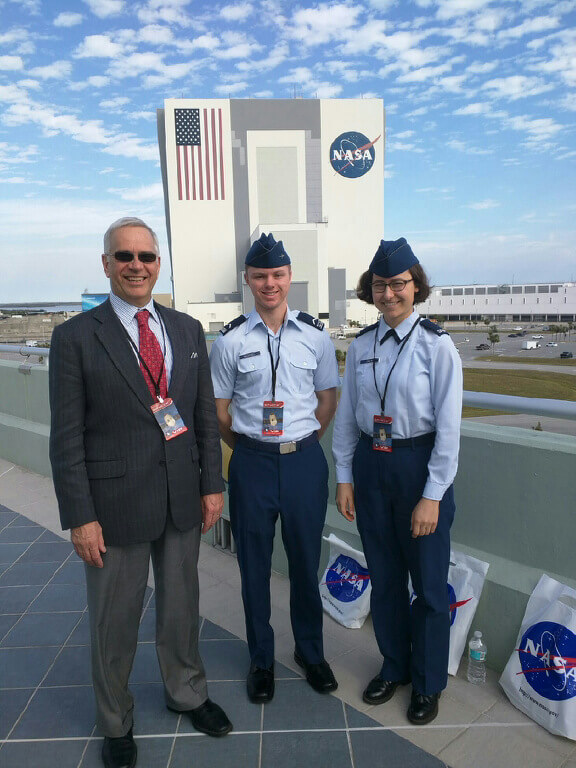Academy physics experiment goes to International Space station
By John Van Winkle, U.S. Air Force Academy Public Affairs.
A cadet and faculty space physics experiment is in the hands of astronauts aboard the International Space station, more than 250 miles above the Earth.
The latest Air Force Academy academic product in space is the Space Test Program-Houston 5 Automated Plume Sentry or “APS.”
The sentry was delivered by Space-X Corporation’s CRS-10 mission, resupplying cargo and experiments to the station.
Dr. Geoff McHarg, director of the Academy’s Space Physics and Atmospheric Research Center, said space might be a vacuum but it’s far from empty.
“It contains countless micrometeoroids and charged particles that interact with each other, and with scientific equipment,” he said. “The International Space station is constantly bombarded by these particles, as well as gases from cargo ships ferrying equipment to and from the station.”
The APS investigation studies how spacecraft thrusters interact with the station, including if they’ll contaminate experiments housed on the station’s exterior, McHarg said.
McHarg, Cadet 3rd Class Nick McDaniel and Cadet 4th Class Sequoia Chun, were at Cape Canaveral, Florida, for the launch and for instrument software training. The training qualifies the cadets to train other cadets to send commands and download APS data. NASA provides the basic Tele-science Resource Kit, giving cadets direct internet connection between the Air Force Academy and the International Space station.
At Cape Canaveral, McDaniel and Chun met Apollo 11 astronaut and former aide to the first Academy dean in the 1950s, Buzz Aldrin, and Kennedy Space Center director Robert Cabana, former shuttle astronaut.
The APS was developed by faculty and cadets in the Physics Departments’ SPARC, in partnership with The Johns Hopkins Applied Physics Lab and Barron Associates, sponsored by Air Force Research Laboratory, and overseen by the Defense Department’s Space Test Program.
The experiment will be on-board the station through September.

Dr. Geoff McHarg (left), director of the Space Physics and Atmospheric Research Center at the U.S. Air Force Academy, stands with Cadet 3rd Class Nick McDaniel (middle) and Cadet 4th Class Sequoia Chun, in front of the Vehicle Assembly Building at Cape Canaveral, Florida, Feb. 19, 2017. The trio attended the Space-X Corporation’s CRS-10 launch taking the latest Academy space experiment to the International Space station.